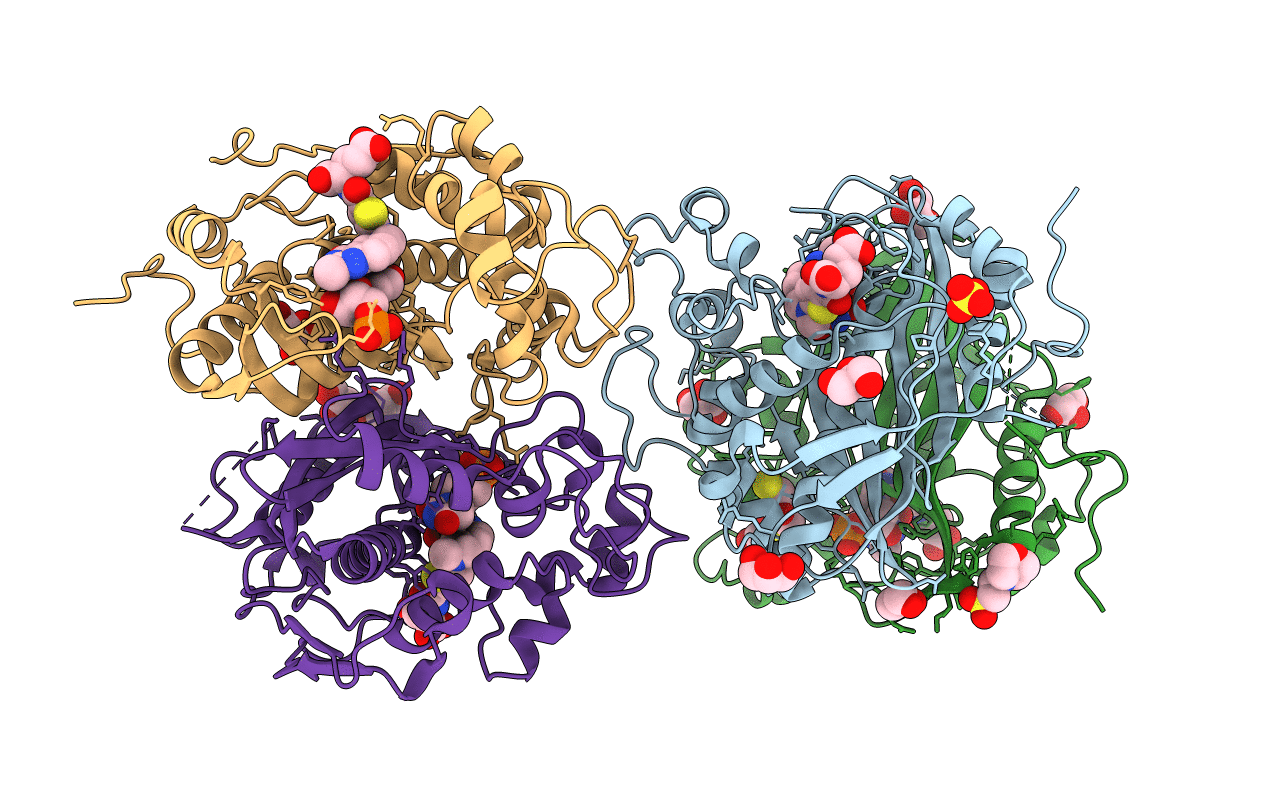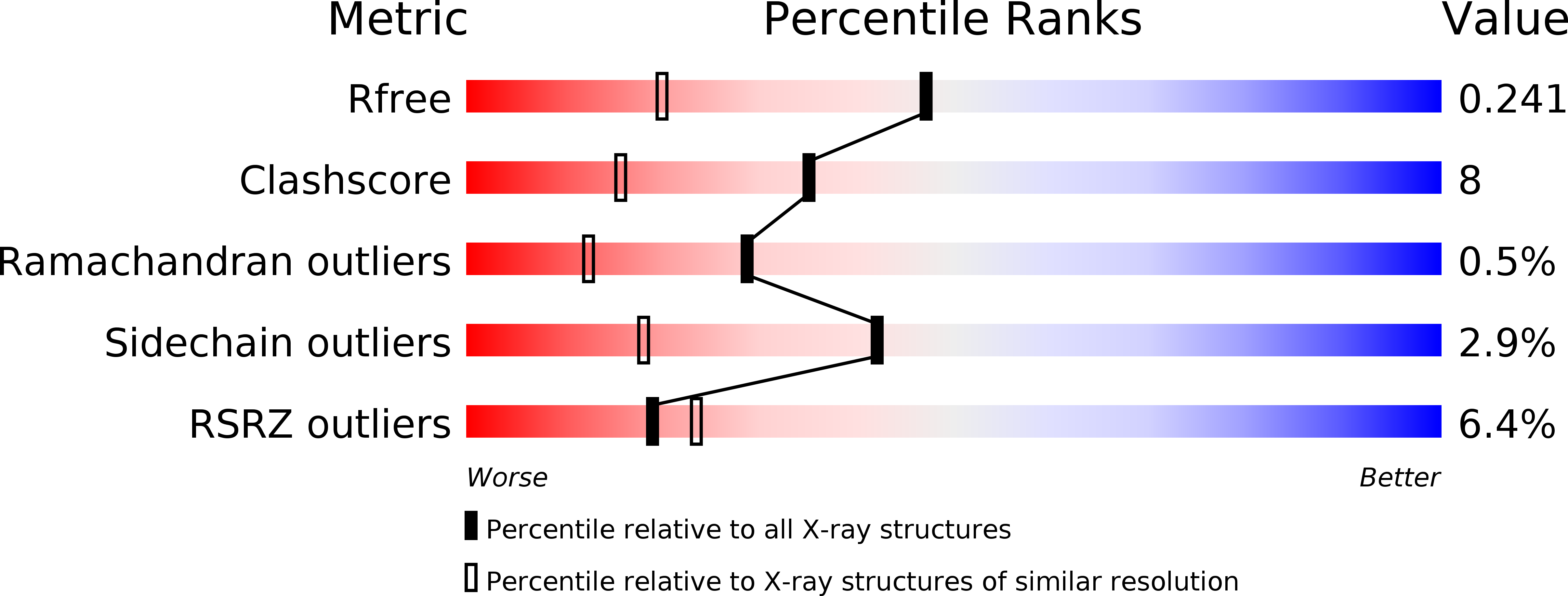
Deposition Date
2012-03-23
Release Date
2012-05-02
Last Version Date
2024-02-28
Entry Detail
PDB ID:
4EB4
Keywords:
Title:
Crystal structure of mouse thymidylate synthase in ternary complex with dUMP and Tomudex
Biological Source:
Source Organism:
Mus musculus (Taxon ID: 10090)
Host Organism:
Method Details:
Experimental Method:
Resolution:
1.74 Å
R-Value Free:
0.23
R-Value Work:
0.19
R-Value Observed:
0.19
Space Group:
P 21 21 21


